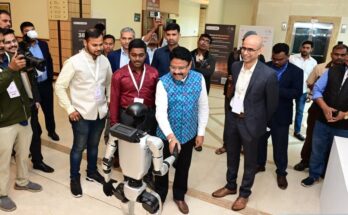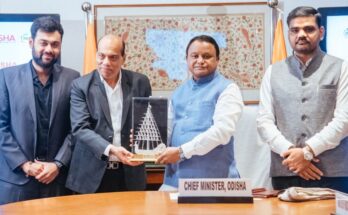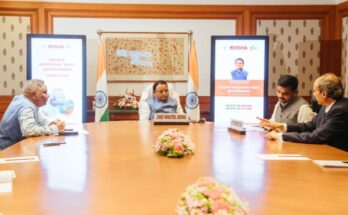By Priya Ranjan Sahu –
On November 7, US President Donald Trump addressed the press following the Republicans’ loss in midterm polls. In the post-election press conference, President Trump began by offering to work amicably across party lines, but soon turned combative with the journalists covering it.
He specially picked a verbal duel with CNN’s chief White House correspondent Jim Acosta, when the latter asked him about the President’s claim of migrants invading the US through Mexico, and about the Russia investigation led by special counsel Robert Mueller. “You are a rude, terrible person…I am not concerned about anything with the Russian investigation because it is a hoax. That’s enough, put down the mic,” Trump told Acosta arrogantly.
He further went on to accuse CNN of reporting fake news and of being “the enemy of the people”. Soon after, Acosta’s press pass was cancelled by the Trump administration. In response, CNN said that Trumps’ attack on the press has gone too far. “They are not only dangerous, they are disturbingly un-American,” CNN said in a statement.
It is quite well known that President Trump has been at the loggerheads with the media since he came to power in 2017. But that is beside the point. The point here is, the president of the world’s most powerful country may be arrogant, abrasive and even a bully, but he was taking direct questions from the journalists, who were equally adamant in demanding answers from him.
On the contrary, here in India, we have a prime minister who has not talked to the media face to face even after four and a half years of coming to power. There is also no likelihood of a press conference till 2019 where Prime Minister Narendra Modi will be taking direct questions from reporters. So far, Modi’s media interaction has been strictly regulated.
His interactions with the media or public have mostly been confined to his monologues via “Man Ki Baat” on All India Radio. However, few months back, he felt the need to be interviewed by few editors from friendly private news channels – many critics call them “propaganda channels” – who looked more like fans than journalists.
The last such interview of Modi in April was not by a journalist. Prasun Joshi, a screenwriter, lyricist and advertising professional who also happens to be the chairman of Central Board of Film Certification (CBFC), interviewed Modi in a specially organised programme in Central Hall at Westminster in London. He asked Modi coyly: “Obviously, Modiji you do not want anything for yourself (as) you are like a fakir (ascetic). Where did you get such qualities? Were you like this or such qualities occurred in you gradually?”
Why such meek submission of media when the NDA government headed by Modi has been clearly getting unpopular because of several policy decisions relating to demonetisation and GST, ruining the economy, scams like Rafale deal and failure to rein in ultra right groups? On the contrary, some of the so-called mainstream media and editors have contributed to polarising the masses in favour of the ruling party by fuelling hatred among communities through their outlets.
It is very sad to see many media outlets and editors spanking the opposition leaders, mostly Congress president Rahul Gandhi, instead of questioning those in power, the basic job of a free press.
We may learn a lesson or two from the Americans – though they are not worth emulating always – about challenging those in power. The powerful, here Modi, should also learn from Trump how to face questions from reporters, who in fact are messengers of the masses.




